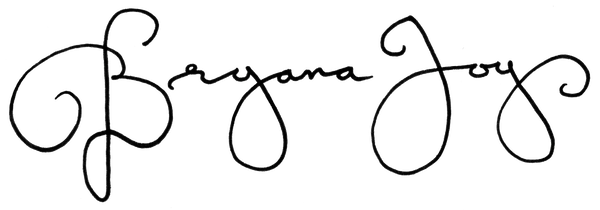Suggested Materials for "Still Life in Gouache"
Signing up to take my "Still Life in Gouache" course? Here's a list of the materials you'll need.
- A Set of High-Quality Gouache Paint in Tubes: I highly recommend purchasing professional-grade paint if you can afford it. My favorite brand is Holbein’s artists’ gouache, and this basic color mixing set will take you a long way. However, I do realize that this paint is very expensive and may not be accessible to everyone. If you’re not able to get professional-grade gouache paint right now, a student-grade set from a respectable company like Winsor & Newton is a fine place to start. I'll be painting using colors from the basic mixing set and Holbein's 12-color set, but will also discuss how to mix our projects' approximate colors using other starting points.
- 8 6x8-Inch Sheets of Hot-Press 140-lb 100% Cotton Watercolor Paper: I paint almost exclusively on Arches watercolor paper and recommend this pad. (You can get two 6x8-inch sheets out of each page and use your scraps for swatches and thumbnails.) This pad from Arteza is another good option. Be sure to cut your paper down to 6x8-inch pieces before our first class meeting.
- A Set of Basic Watercolor Brushes: Since gouache is technically a form of watercolor, we’ll be using watercolor brushes for this class. And good news: you don’t need anything too fancy. In fact, synthetic brushes (as opposed to more expensive natural brushes) are typically preferred for gouache. I recommend this Princeton set. (It’s the same one I recommend for my watercolor sketching workshops, so if you’ve already purchased it for one of my watercolor courses in the past, you should be good to go!)
- A Roll of 1-Inch Artist Tape: I recommend this one from Blick Art Materials.
- A Water Jar & Paper Towels or a Cloth Rag: You’ll be using these to hold paint water, clean your brushes, and control the amount of water that makes it onto your page. Anything you have lying around your house will do.
-
Two Sheets of Cardboard or Chipboard Cut to (roughly) 8x10 OR 9x12 Inches: You’ll be taping your paper to this cardboard to hold it in place and create clean margins around your paintings. I typically cut mine down from whatever shipping boxes I have lying around.
-
A 2B Pencil, Sharpener & Eraser: It doesn't really matter what kind you use. I like the Faber-Castell 9000 because the graphite is specially-formulated to be break-resistant and I find that makes a big difference when I'm sharpening my pencil.
